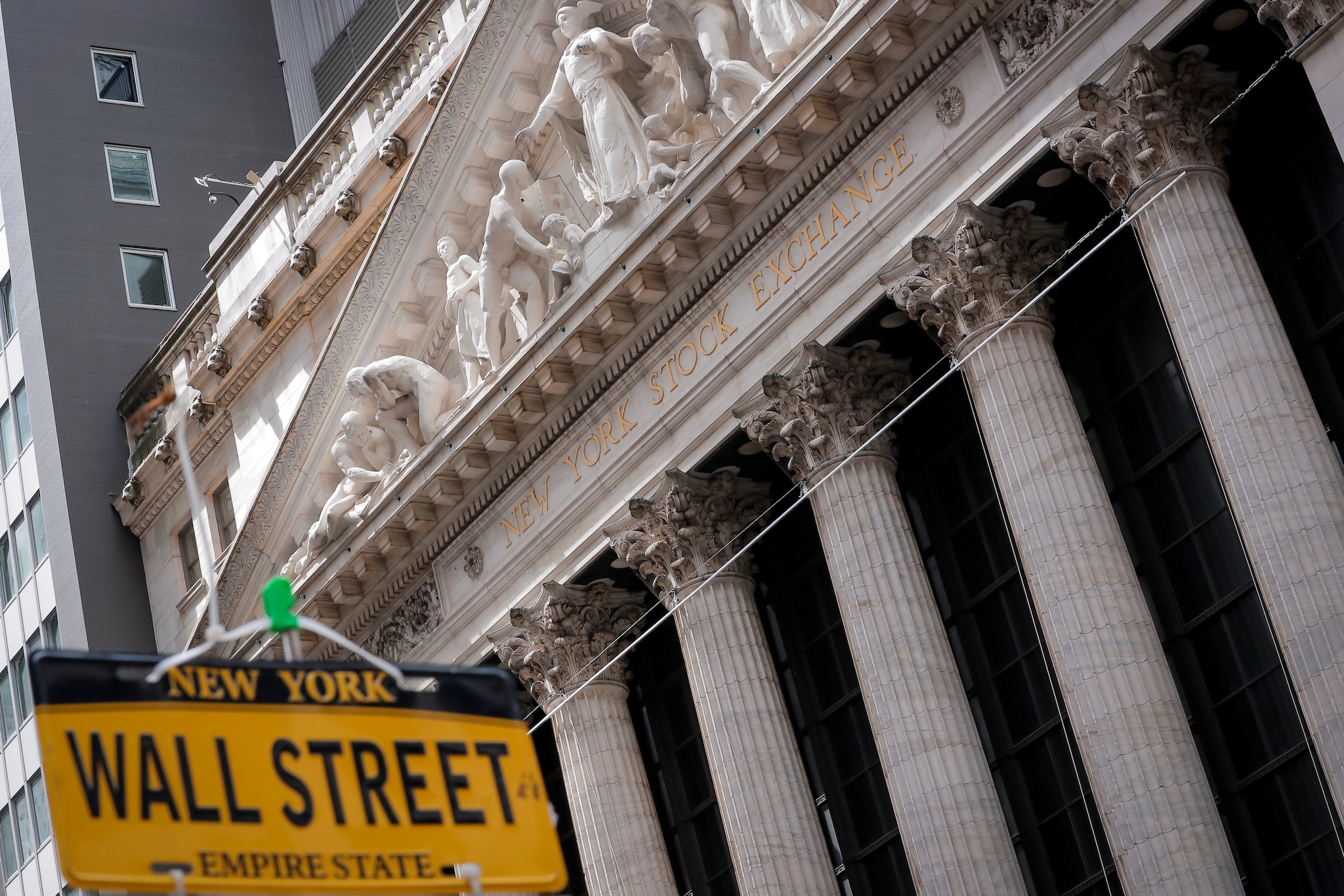HomeMarket NewsFour ways the Trump administration can offset the Trade Court ruling on tariffs
Trump's reciprocal tariff announcements sent global markets into a tizzy, although Wall Street has recovered all of its losses made during that Liberation Day week, and also turned positive on a year-to-date basis.
![]()
By CNBCTV18.com May 29, 2025, 12:20:58 PM IST (Published)

A US trade court has struck down the imposition of reciprocal tariffs by the Donald Trump administration on more than 60 countries starting April 2, calling them illegal.
Goldman Sachs has mentioned in its note on Thursday that the Trump Administration could have four other ways by which it could offset this court verdict, even before it heads to the Supreme Court for the next leg of the courtroom battle.
Here are some avenues highlighted by the global investment bank:
One such option is the use of "Section 122" of the Trade Act, 1974, which permits the President to impose tariffs of up to 15% to address a balance of payments deficit or to prevent an imminent and significant depreciation of the US dollar. Unlike other trade laws, Section 122 does not require a formal investigation, making it one of the swiftest tools at the administration’s disposal.
However, any tariffs enacted under this section can only last up to 150 days without further Congressional approval, the Goldman Sachs note said. Additionally, there is also no clarity on what happens next after the 150-day period ends.
Secondly, Goldman Sachs said that the Trump Administration could initiate fresh investigations against major trading partners using Section 301 of the US Trade Act, 1974.
Section 301 allows for retaliatory tariffs in response to unfair trade practices, and while it involves more procedural steps than Section 122, it provides broader and more enduring authority. There is no cap on the size or duration of tariffs under Section 301, although the investigations typically take weeks or months to conclude.
The third option, according to Goldman Sachs, includes an expansion of Section 232, under which tariffs on steel and aluminium are already in place under the rationale of national security.
While sector-specific tariffs have not been a recent focal point of the administration, officials may revisit them due to legal uncertainties surrounding broader, country-focused tariffs. Potential sectors under consideration for new tariffs include pharmaceuticals, semiconductors and electronics, for which, investigations are already ongoing.
Lastly, the Administration could also examine using Section 338 of the Trade Act of 1930. This rarely used provision permits the President to impose tariffs of up to 50% on imports from countries that engage in discriminatory practices against the US.
Unlike Section 301, Section 338 does not require a formal investigation, although it limits the magnitude of tariffs that can be imposed, Goldman Sachs said.
Trump's reciprocal tariff announcements sent global markets into a tizzy, although Wall Street has recovered all of its losses made during that Liberation Day week, and also turned positive on a year-to-date basis.

 1 month ago
1 month ago












